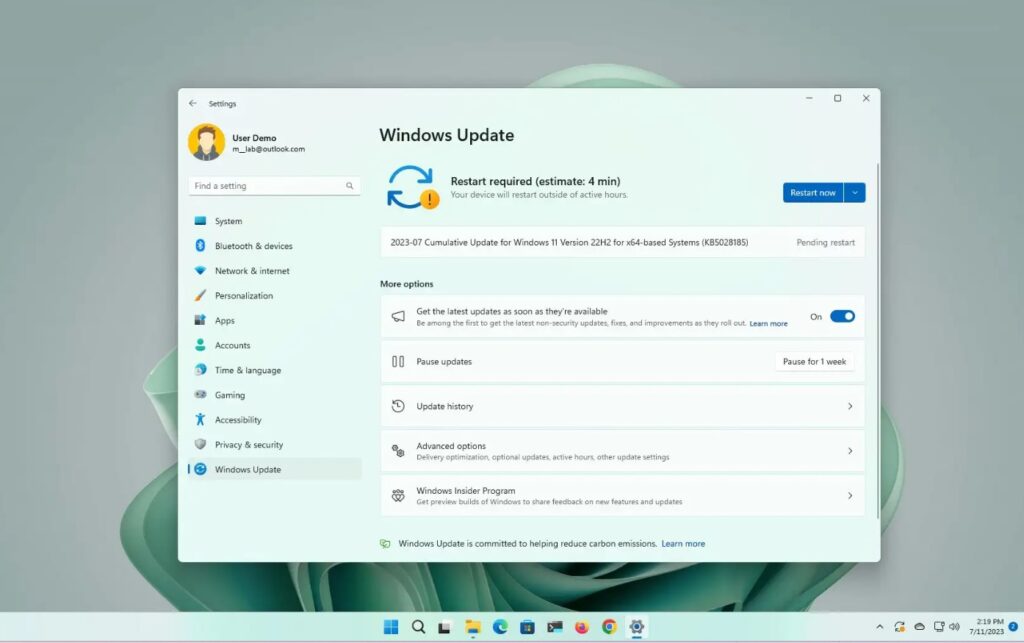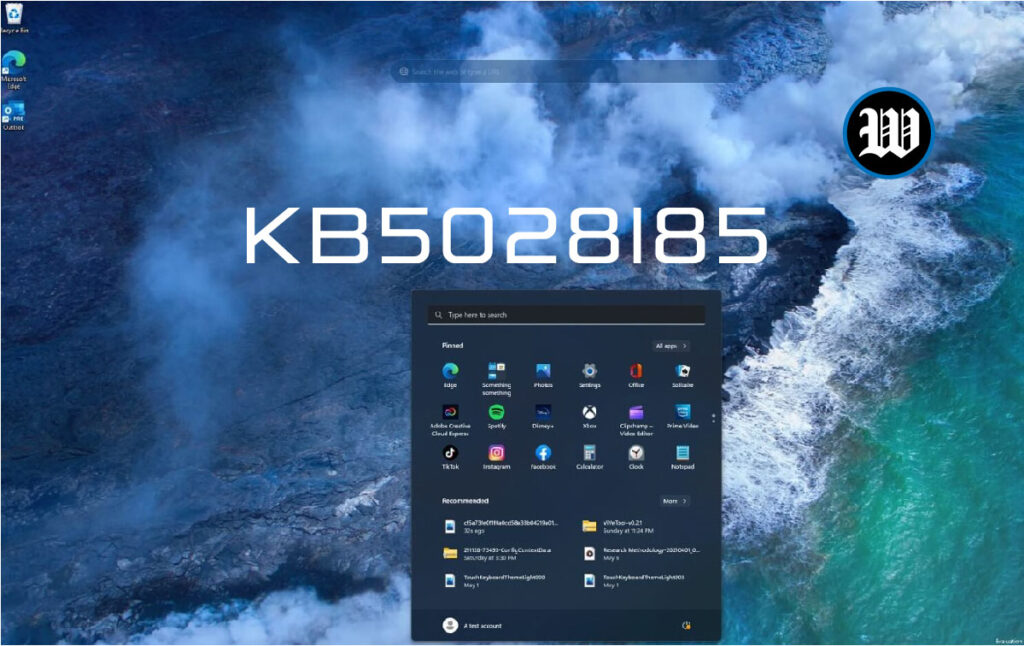This article provides a comprehensive guide on downloading KB5028185, addressing installation errors, and resolving common issues related to the recent software patch release.
What is KB5028185?
KB5028185 is a critical update released to enhance the security features and improve the functionalities of various software applications. As with any update, it comes with its challenges, such as installation issues and bugs that could affect performance.
How to Download KB5028185
To download KB5028185, follow these simple steps:
- Visit the official Microsoft Update Catalog website.
- In the search bar, type “KB5028185” and press enter.
- Locate the version compatible with your system.
- Click on the ‘Download’ button next to the appropriate file.
- Follow the on-screen instructions to complete the download.
Remember, downloading updates from the official source is crucial to avoid potential security risks.
Common Installation Errors and Their Solutions
KB5028185 Install Error
Many users encounter installation errors when updating to KB5028185. Here are some troubleshooting steps:
- Ensure your device meets the system requirements for the update.
- Run the Windows Update Troubleshooter.
- Restart your computer and attempt the installation again.
How to Uninstall KB5028185
If you face persistent issues after installing KB5028185, uninstalling it may be necessary. To do this:

- Go to ‘Settings’ > ‘Update & Security’ > ‘Windows Update’.
- Select ‘View update history’.
- Click on ‘Uninstall updates’.
- Find KB5028185 in the list and click ‘Uninstall’.
Addressing KB5028185 Bugs and Errors
KB5028185 Bug
Some users have reported specific bugs after installing KB5028185. It’s important to report these bugs through the Feedback Hub app in Windows so that Microsoft can address them in future updates.
KB5028185 Error
Errors can occur if the update files are corrupted. Running a system file check (SFC scan) can help repair missing or corrupted system files. Open Command Prompt as an administrator and type sfc /scannow to run the scan.
KB5028185 Problems and Failures
Encountering problems and failures with software updates like KB5028185 can be frustrating. Here, we will explore some common issues associated with this update and provide solutions to help you resolve them effectively.
1. Installation Failures
One of the most common problems users face with KB5028185 is installation failures. These can occur for several reasons, including insufficient system resources, conflicts with existing software, or issues with the update files themselves.
Solution:
- Check System Compatibility: Ensure that your system meets the minimum requirements for the update.
- Free Up Space: Lack of storage can often lead to installation failures. Make sure you have enough free disk space available by cleaning up unnecessary files or uninstalling unused applications.
- Run Windows Update Troubleshooter: This tool can help resolve many common issues with Windows updates. Access it by navigating to
Settings > Update & Security > Troubleshoot > Additional troubleshooters > Windows Update.
2. Performance Issues
Some users might experience decreased system performance following the installation of KB5028185. This can manifest as slower system speeds, delayed application response, or even system freezes.
Solution:
- Update Drivers: Ensure that all your device drivers are up-to-date. Outdated drivers can cause compatibility issues leading to poor performance.
- Check for Software Conflicts: Sometimes, other installed software can conflict with new updates. Consider performing a clean boot to check if third-party software is causing the issue.
3. System Stability Problems
Issues like random system crashes or rebooting unexpectedly can also arise post-update.
Solution:
- System File Checker (SFC): Run the SFC scan to repair corrupted system files that might be causing stability issues. Open Command Prompt as an administrator and type
sfc /scannow. - Check for Updates: Sometimes, subsequent updates are released to fix bugs from earlier updates. Always ensure your system is up-to-date.
4. Specific Error Messages
Error messages such as “KB5028185 fails to install” or specific error codes can provide clues about what might be going wrong.
Solution:
- Google the Error Code: If you receive a specific error code, search for it online. Many forums and support sites offer solutions to common error codes associated with Windows updates.
- Manual Installation: If automatic updates keep failing, try manually downloading and installing the update from the Microsoft Update Catalog.
5. Uninstallation Issues
In cases where the update causes more problems than it resolves, you might decide to uninstall it. However, some users report difficulty in removing the update.
Solution:
- Access Windows Recovery Environment (WinRE): If standard uninstallation methods fail, you might need to perform a system restore or recovery using WinRE.
- Use Advanced Options: Boot into Advanced Startup Options and use System Restore or the ‘Go back to the previous version’ feature if it’s within 10 days of the update.
FAQs About KB5028185
What should I do if KB5028185 fails to install?
Ensure that you have a stable internet connection and sufficient disk space. If the problem persists, try installing the update manually through the Microsoft Update Catalog.
How can I resolve KB5028185 issues after installation?
Start by running the built-in Windows troubleshooters. If problems continue, consider restoring your system to a point before the update was installed.
Are there known issues with KB5028185?
Yes, some users have reported problems related to system stability and performance. Keeping your device drivers updated can help mitigate some of these issues.
Conclusion
While KB5028185 is an important update that addresses several security concerns, like any software update, it can come with its set of challenges. By following the guidelines provided in this article, you can ensure a smoother experience with your KB5028185 update. Remember to stay informed about new developments and patches from Microsoft.


